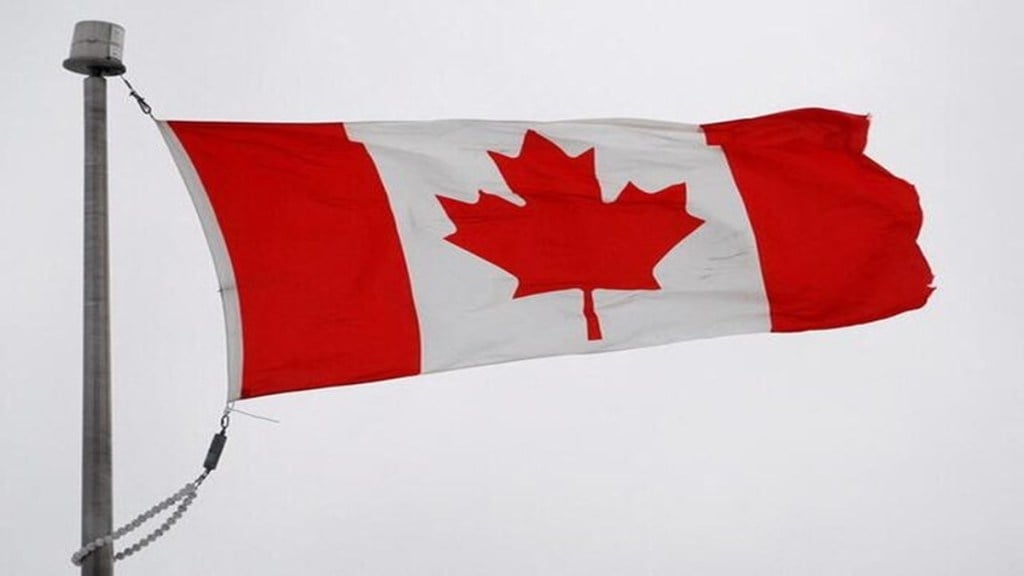The Bank of Canada reduced its key policy rate by 25 basis points to 2.75 per cent on Wednesday, signaling caution in the face of potential economic damage from US President Donald Trump’s tariff policies. This marks the seventh consecutive rate cut, with a total reduction of 225 basis points over nine months, positioning Canada among the most aggressive central banks globally.
Governor Tiff Macklem, addressing a press conference, stated, “We ended 2024 on a solid economic footing. But we’re now facing a new crisis.” Macklem emphasised the uncertainty caused by US tariffs, which has already begun impacting business confidence and investment.
The bank warned that a prolonged trade conflict could lead to low GDP growth and higher prices, complicating future monetary policy decisions. “The Governing Council will focus on assessing the timing and strength of both the downward pressure on inflation from a weaker economy and the upward pressure from higher costs,” Macklem added.
Impact on inflation and currency
Short-term inflation expectations have already risen, with the bank projecting inflation to reach 2.5% in March, up from 1.9% in January. This increase is partly due to the end of a temporary sales-tax break.
Following the rate decision, the Canadian dollar gained 0.20%, trading at 1.4403 to the U.S. dollar. Yields on two-year government bonds fell by 0.8 basis points to 2.521%.
A special bank survey conducted from January to February revealed heightened job security concerns, particularly in sectors exposed to U.S. trade. Businesses reported difficulties in securing credit and increased costs due to a weaker currency, leading to scaled-back hiring and investment plans.
Macklem concluded, “Monetary policy cannot offset the impacts of a trade war. What it can and must do is ensure that higher prices do not lead to ongoing inflation.” The bank’s next rate decision is scheduled for April 16, with markets divided on the likelihood of another rate cut.

